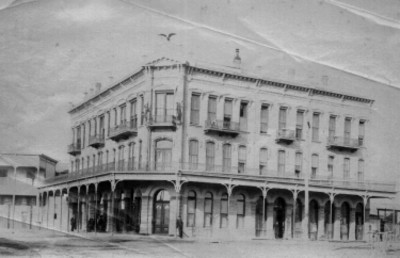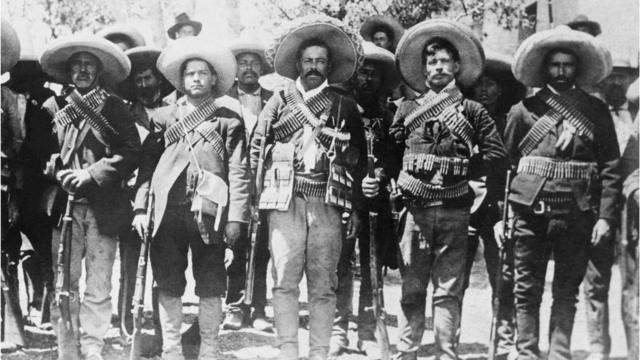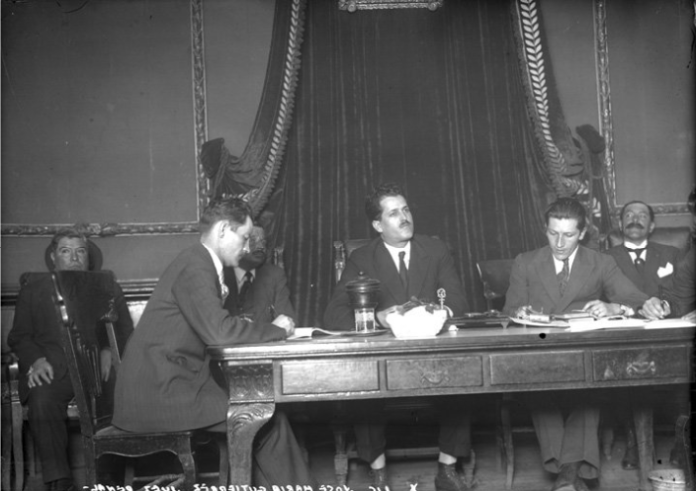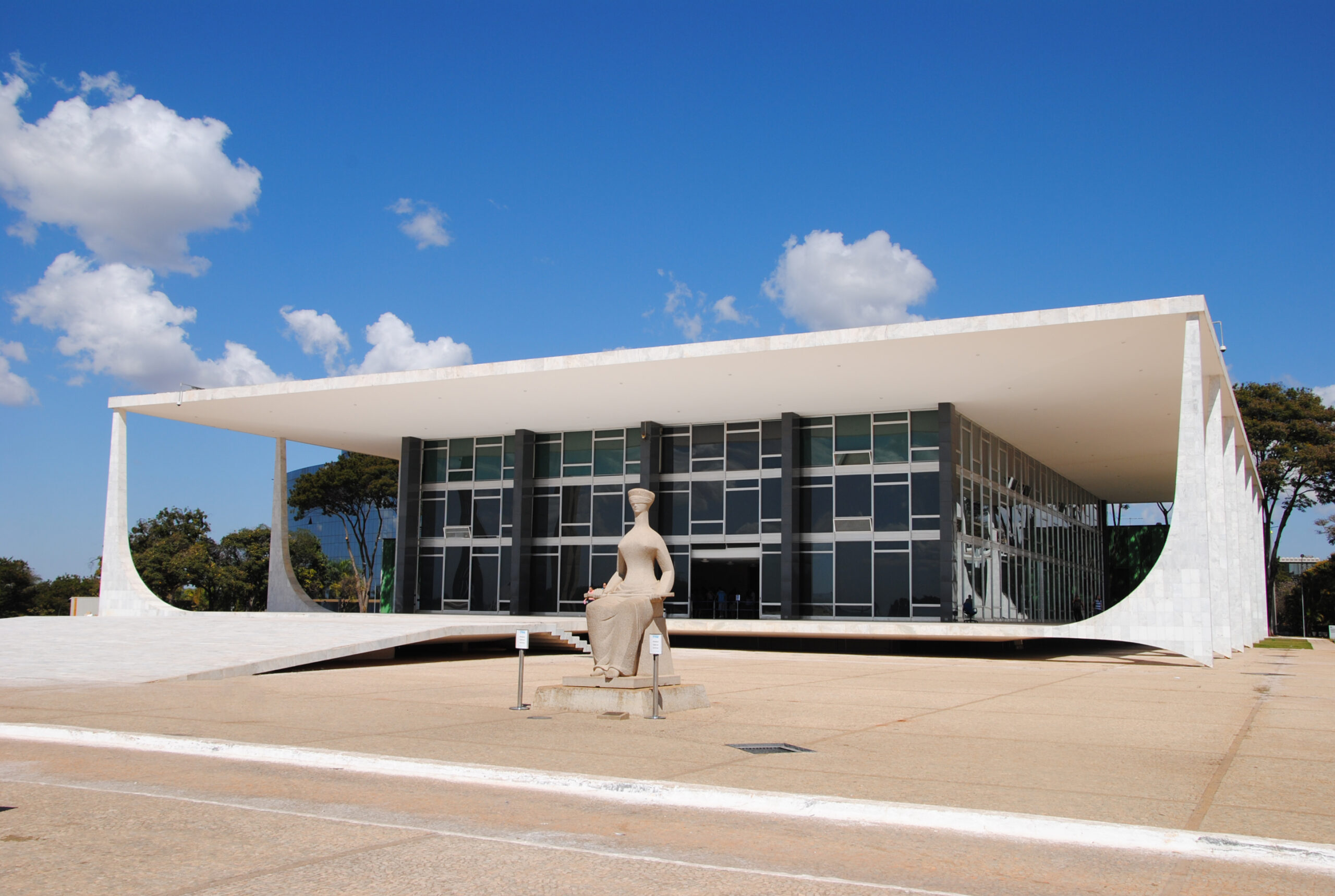The Story of the Judge who risked his life in the Revolution to save a person from being shot.
There was a judge who risked his life in the Revolution to enforce the Constitution and thereby save a person’s life. Yes, that is the case of District Judge Manuel Samperio, according to retired Minister Góngora Pimentel. At the dawn of revolutionary Mexico, Judge Samperio was playing dominoes in a hotel on an ordinary morning in Ciudad Juarez. The Hotel was distinguished for having a balcony where politicians addressed its citizens, which gave it the nickname of ‘the balcony of promises’. Precisely, the room where the Judge played was connected to this balcony.
It was a serene morning due to the hot summer, which meant that people only went out when it was essential. Suddenly, however, murmurs began to be heard from the crowd, which gradually grew louder and louder. The commotion caused the judge and his companions to go out onto the balcony to find out what was going on.

It was a platoon of soldiers, led by a military chief who was pulling a man tied by his arms. The prisoner, crestfallen and resigned to his inevitable fate, brightened with hope when, in a fleeting moment, he looked up and identified Judge Samperio on the balcony.
Without hesitation, and in a desperate act, he shouted:
(Translation)
The judge immediately and without hesitation admitted the lawsuit and granted a provisional measure to suspend the act.
The Judge shouted:
(Translation)
As a context, the amparo trial has historically been a judicial remedy to protect the rights of a person against acts of authority that are unconstitutional. The suspension is a resolution issued by the judge to protect the rights at stake while this trial is being resolved.
The Judge then, without further delay, went down to the street to enforce his decision. He caught up with the platoon and explained to the sergeant that he had granted a stay to the prisoner. He was therefore obliged to hand him over to him, for he was now protected by the power of Justice of the Union
The sergeant refused to obey his order and, with vast assurance retorted:
(Translation)
The ineffectiveness of Judge Samperio’s efforts to save the prisoner was evident to the crowd of people gathered to witness the firing squad. However, the Judge would not give up, determined to follow the platoon to the outskirts of the city, where they were on their way to shoot the prisoner.
Arriving at an old wall (firing line), the soldiers positioned the prisoner to proceed to shoot him and the orders were given. At that moment, the Judge, emboldened and determined to carry out his constitutional mandate, immediately stood in front of the man who was about to be shot, and exclaimed:
(Translation)
Such an act of bravery undoubtedly surprised those present. The judge was putting his life at risk to enforce his ruling to protect the life of the condemned man but under the protection of the federal justice system. He was giving his life to protect the Constitution and with it the life of the condemned man. Therefore, the sergeant, faced with the courage of a judge, was forced to suspend the execution to consult the situation with General Francisco Villa.
According to retired Minister Góngora Pimentel, in those days the revolutionary Generals had lawyers whom they consulted on legal matters and followed their recommendations. Consequently, the lawyer advised them to respect the judge’s order. Then, General Villa, following the recommendation, ordered the man to be handed over to the Judge.

Reflections on the fundamental role of a Judge
District Judge Samperio’s account is a clear example of the historic work of federal judges to protect people from arbitrary and unjust acts when there is no one else to turn to.
As José María Morelos y Pavón (Mexican Independence Hero) would say:
(Translation)
Surely, Judge Samperio’s act of bravery was inspired by the wise words of Generalissimo Morelos. The Judge’s feat is a reminder of the commitment that judges must have to protect the rights of the people. But it is also a call to recognise the vital importance of their work and to protect their judicial independence, so that they, in turn, can protect the people from the strong and arbitrary, as Morelos envisioned.
Find out more about legal history
References
Góngora Pimentel, ‘La Historia del Juez de Distrito Manuel Samperio’, La Formación de un Juez Federal (Editorial Porrúa 2016)






